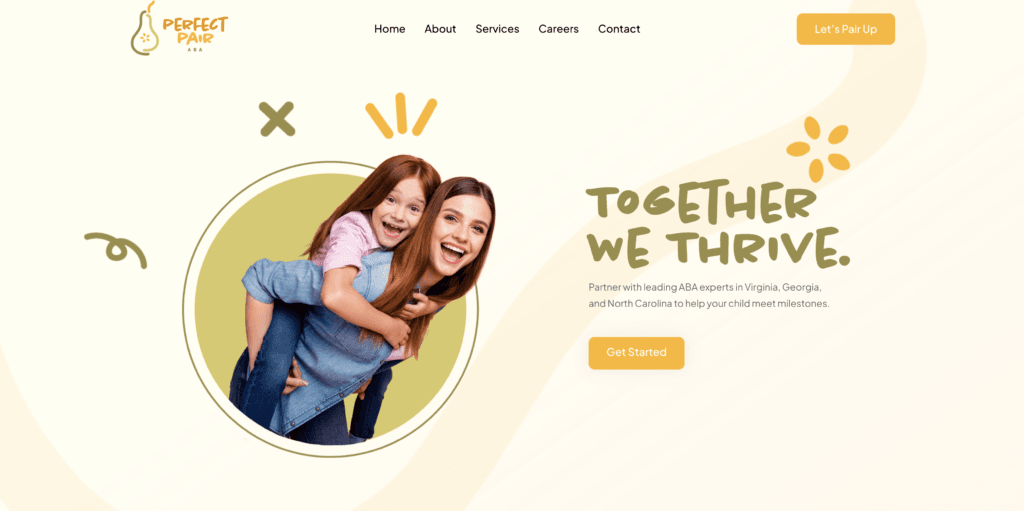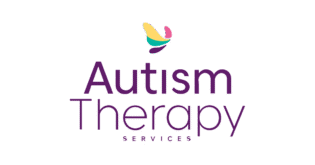
Simple ABA Methods for Parents to Support Learning at Home perfectpairaba.com
Applied Behavior Analysis (ABA) therapy is widely recognized as one of the most effective approaches to help children build important life, communication, and social skills. While professional ABA therapy sessions with trained therapists are critical, parents play a vital role in reinforcing these techniques at home. The good news is that many ABA strategies are simple enough for parents to use in daily routines, making learning a natural part of everyday life.
Why Parents Should Use ABA Techniques at Home
Children learn best when they experience consistency across environments. If ABA principles are only practiced during therapy sessions, progress may be slower. However, when parents integrate the same methods at home, children are more likely to generalize skills and use them in different situations.
Benefits of using ABA methods at home include:
Reinforcing therapy goals in real-life settings.
Encouraging skill generalization (using skills in new places).
Building a stronger parent-child bond through structured, positive interaction.
Creating a predictable, supportive environment for learning.
Simple ABA Methods Parents Can Try
1. Positive Reinforcement
Positive reinforcement is at the heart of ABA therapy. It means rewarding a behavior you want to see more often. Rewards can be verbal praise (“Great job!”), stickers, extra playtime, or a favorite snack.
For example:
If your child completes a homework task, you might say, “I’m so proud of you for finishing your work! Let’s play your favorite game for 10 minutes.”
When your child uses polite words, reward them with a smile and encouragement.
The key is to give the reinforcement immediately so your child associates the behavior with the reward.
2. Task Analysis and Step-by-Step Teaching
Sometimes, children may struggle with completing complex tasks like brushing teeth or putting on shoes. ABA uses “task analysis” to break a big task into smaller, manageable steps.
For instance, brushing teeth can be broken down into:
Pick up the toothbrush.
Put toothpaste on the brush.
Turn on the water.
Brush top teeth.
Brush bottom teeth.
Rinse mouth.
Put toothbrush away.
By teaching each step gradually, your child can master the entire routine without becoming overwhelmed.
3. Modeling Behavior
Children learn by watching others. Parents can demonstrate desired behaviors and encourage their child to copy. This works particularly well for social skills.
Example:
If you want your child to greet others, model the behavior by saying, “Hello, how are you?” when someone enters the room. Then encourage your child to do the same.
For sharing, show your child how you share a toy or snack with another family member.
Consistent modeling helps children understand expectations through real-life examples.
4. Prompting and Fading
Prompting means giving your child cues to help them complete a task. Prompts can be physical (gently guiding their hand), verbal (“Say thank you”), or visual (using a picture chart).
For example:
When teaching your child to tie their shoes, you might start by guiding their hands. Over time, reduce the assistance until they can do it independently.
If teaching your child to say “please,” you can give a verbal prompt by saying, “What do you say?” and then fade the prompt when they start remembering on their own.
The goal is always to reduce prompts gradually so the child learns independence.
5. Using Visual Supports
Visual aids like charts, schedules, or flashcards are effective tools for children, especially those who respond better to pictures than spoken instructions.
Examples:
A morning routine chart showing steps like brushing teeth, getting dressed, and eating breakfast.
A choice board where your child points to the snack, toy, or activity they want.
Flashcards for letters, colors, or emotions.
Visual supports make expectations clear and reduce frustration.
6. Consistency in Rules and Expectations
ABA emphasizes consistency. Parents should set clear rules and follow through every time. For example, if screen time is limited to 30 minutes after homework, stick to that rule. Consistency builds structure, and children learn what to expect.
When parents and therapists use the same rules, children thrive because they know the boundaries don’t change depending on where they are.
7. Natural Environment Teaching (NET)
Not all learning has to look like a classroom lesson. ABA encourages teaching skills in natural environments—during play, meals, or outings.
Examples of NET at home:
During dinner: Teach requesting by asking, “Do you want more rice or more vegetables?”
During playtime: Practice turn-taking while playing board games.
At the store: Teach labeling items by pointing out “apple,” “milk,” or “bread.”
This method helps children understand how to use their skills in real-world settings.
8. Managing Challenging Behaviors with Redirection
When challenging behaviors arise, parents can use redirection instead of punishment. This means guiding the child toward a more appropriate behavior.
Example:
If your child is throwing toys, instead of scolding, redirect by saying, “Let’s use the toys to build a tower instead.”
If your child is shouting, guide them to use a calm voice by modeling the correct tone.
Redirection shifts focus to positive actions and reduces power struggles.
9. Celebrating Small Wins
ABA emphasizes progress, not perfection. Parents should celebrate even the smallest improvements. If your child uses a new word, makes eye contact, or waits patiently for a few seconds, acknowledge it with excitement.
Celebrating small steps motivates your child to keep trying and shows them that effort is valued.
If you are looking for school-based ABA therapy services in North Carolina, we are here to provide personalized support that helps children succeed academically and socially.
Tips for Success
Be patient: Progress may be gradual, but consistency leads to long-term success.
Collaborate with therapists: Ask your child’s ABA therapist for guidance on which strategies to practice at home.
Make it fun: Turn practice into games or engaging activities so your child enjoys learning.
Stay positive: Focus on what your child is doing right instead of only correcting mistakes.
Conclusion
ABA therapy doesn’t stop when a session ends—it can be a natural part of daily life. By using simple ABA methods at home, parents can reinforce skills, encourage independence, and create a structured environment that supports their child’s growth. Techniques like positive reinforcement, task analysis, modeling, prompting, and natural environment teaching empower parents to actively participate in their child’s learning journey.
When parents and therapists work together, children experience consistent support across settings, making it easier to achieve long-lasting progress. With patience, encouragement, and daily practice, parents can turn everyday moments into valuable learning opportunities.
Report Story


